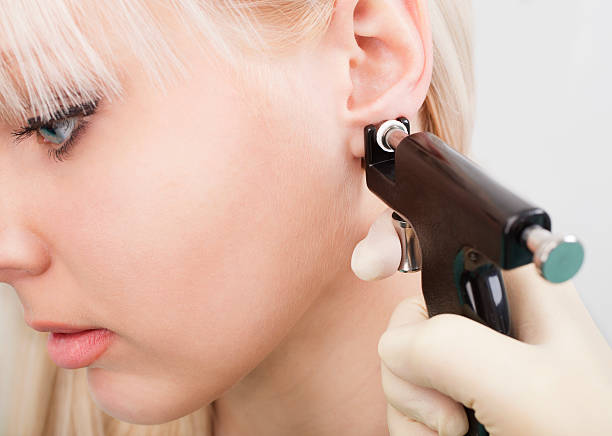
Body piercing has a rich history that dates back to ancient times. It has been practiced by many cultures throughout the world, each with their own unique traditions and meanings. This ancient art form has evolved over time, and is now a popular form of self-expression and fashion. In this article, we will explore the history and cultural significance of body piercing, as well as answer some frequently asked questions.
I. The History of Body Piercing
Body piercing has been practiced for thousands of years by various cultures around the world. The earliest evidence of body piercing was found in the form of a sharpened bone needle dating back to the Neolithic period. This suggests that body piercing was practiced by prehistoric humans.
Ancient Egyptians, who are known for their love of body adornment, also practiced body piercing. They would pierce their ears, noses, and tongues. The ancient Egyptians believed that body piercings would bring them closer to the gods and help them achieve spiritual enlightenment. They also used piercings to indicate social status, with slaves and commoners being prohibited from certain piercings.
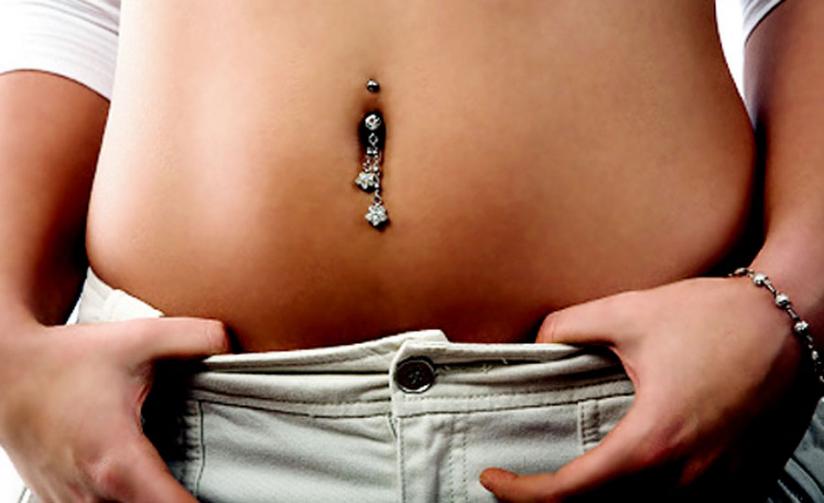
Body piercing was also popular in ancient Greece and Rome. The Greeks would pierce their ears and wear gold hoops to indicate wealth and status. The Romans, on the other hand, would pierce their nipples and genitals as a sign of masculinity and strength.
In the Middle Ages, body piercing fell out of fashion in Europe as the Church deemed it as a pagan practice. However, it remained popular in other parts of the world such as India, where it was considered a sacred practice.
Body piercing experienced a resurgence in the late 20th century, thanks to the counterculture movement. The punk and alternative scene embraced body piercing as a form of rebellion and self-expression. It was around this time that body piercings such as the nose, lip, and tongue became popular.
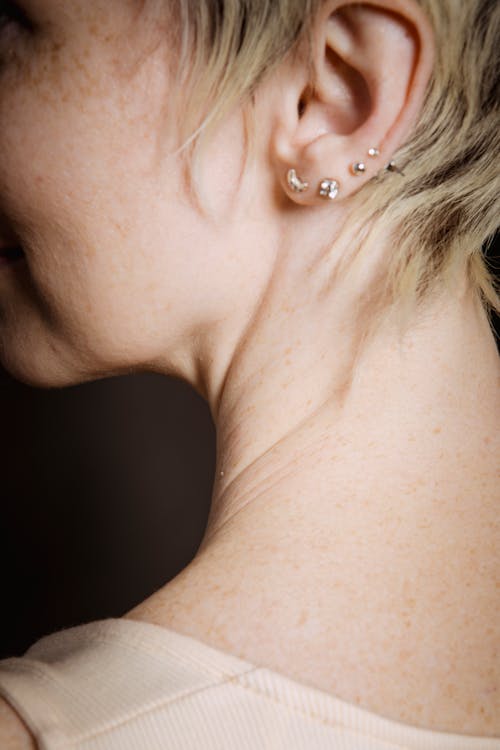
Today, body piercing is a popular form of self-expression and fashion. It is no longer seen as a taboo or a sign of rebellion, but rather as a form of art and self-expression.
II. The Cultural Significance of Body Piercing
Different cultures have their own unique traditions and meanings associated with body piercing. In some cultures, body piercings are seen as a rite of passage, marking the transition from childhood to adulthood. In others, they are used to indicate social status or spiritual beliefs.
In many indigenous cultures, body piercings are seen as a way to connect with the spiritual realm. For example, in some Native American tribes, body piercings are used in rituals to connect with the spirit world.

In some African cultures, body piercings are used to indicate social status. In some tribes, piercings are only allowed for certain members of the community, such as the king or queen.
In Hindu culture, body piercings are seen as a way to achieve spiritual enlightenment. The practice of ear-piercing, known as Karnavedha, is a rite of passage for young boys and girls. It is believed that the piercing of the ear will open the spiritual door for the child, allowing them to hear the divine.

In modern Western culture, body piercings are seen as a form of self-expression and fashion. They are no longer just for the alternative crowd, but have become mainstream. Many people choose to get piercings to express their individuality, to make a statement, or simply because they like the way they look.
Types of Body Piercing
Ear Piercing:

One of the most common and popular types of body piercing, ear piercings can be done on the lobe,
cartilage, and helix. They are versatile and can be adorned with a variety of jewelry options, from studs to hoops.
Nose Piercing:
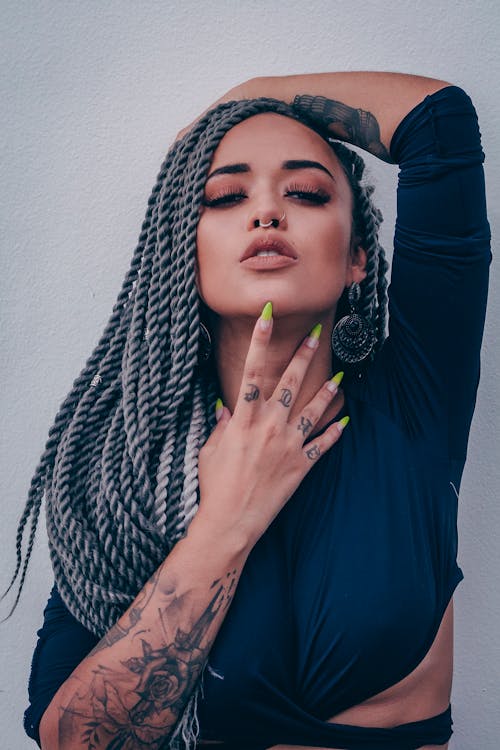
A traditional form of body piercing, nose piercings are usually done on the side of the nostril and can be adorned with a stud or ring.
Lip Piercing:

Lip piercings can be done on the upper or lower lip, and can be worn with a variety of jewelry options, including studs, rings, and labrets.
Tongue Piercing:
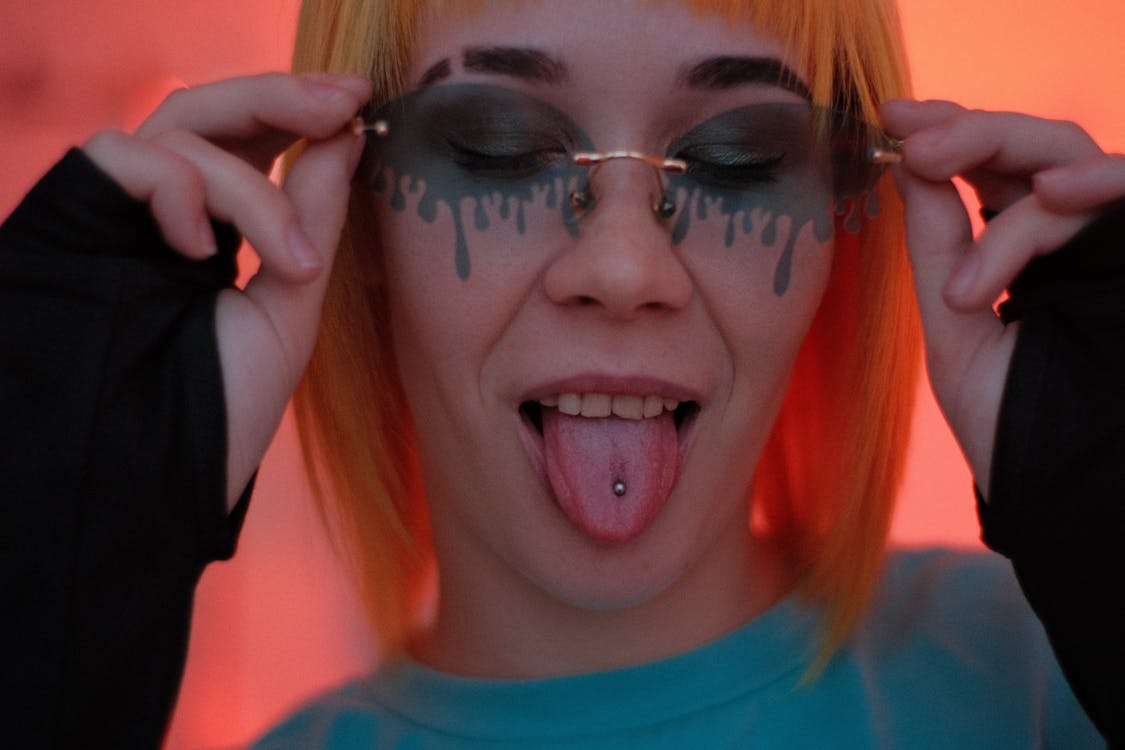
A popular form of body piercing, tongue piercings are usually done in the center of the tongue and can be adorned with a barbell or ring.
Navel Piercing:

Also known as a belly button piercing, navel piercings are done on the navel and can be worn with a variety of jewelry options, including rings and barbells.
Nipple Piercing:
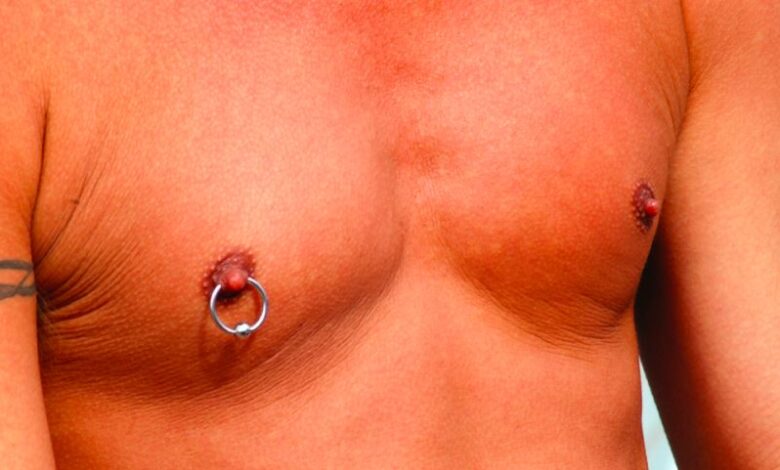
A popular form of body piercing, nipple piercings can be done on both men and women and can be adorned with a variety of jewelry options, including barbells and rings.
Genital Piercing:

Genital piercings are done on the genitals and can be worn by both men and women. They can be adorned with a variety of jewelry options, including rings and barbells.
Surface Piercing:

Surface piercings are done on the surface of the skin, rather than through a hole. They can be done on various parts of the body and can be adorned with a variety of jewelry options, including barbells and rings.
Dermal Piercing:

Dermal piercings are a type of surface piercing where the jewelry is anchored directly into the skin rather than going through a hole. They can be done on various parts of the body and can be adorned with a variety of jewelry options, including microdermal anchors.
Microdermal Piercing:

A type of surface piercing that involves implanting a small dermal anchor under the skin with a small opening on the surface. They can be done on various parts of the body and can be adorned with a variety of jewelry options, including small gems and studs.

0 Comments